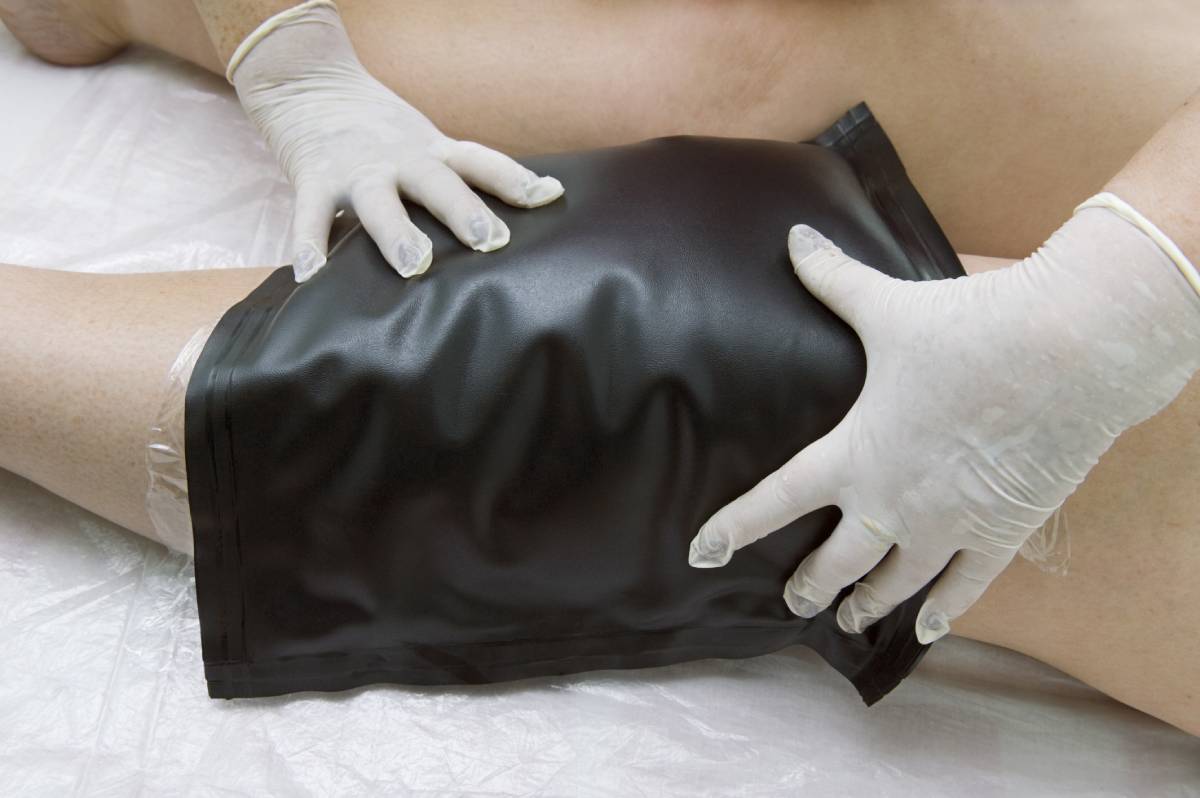Thermotherapy is a form of heat-based treatment that has long been used in sports medicine and injury rehabilitation [1]. The physiological benefits of thermotherapy include decreased joint stiffness, increased soft tissue extensibility, augmented metabolism, and improved local circulation [1]. It can provide patients with analgesia in the regions where it is applied [1]. Thermotherapy can be easily administered in the form of compresses and hot bags [1]. Given these benefits, thermotherapy has been applied in the context of chiropractic care to treat mechanical musculoskeletal disorders. This article will investigate the observed efficacy of thermotherapy to evaluate whether heat-based treatment is an appropriate recourse in chiropractic care.
In the United States, low back pain is the most prevalent complaint cited by patients who seek chiropractic care [2]. Shakoor et al. conducted a randomized clinical trial to investigate how well thermotherapy can treat low back pain patients [3]. In the study, the treatment group received thermotherapy via short wave diathermy and non-steroidal anti-inflammatory drugs (NSAIDs), while the control group received placebo treatment and NSAIDs [3]. While the treatment group reported a significant improvement in their low back pain, the relative effects of the anti-inflammatory drugs compared to the thermotherapy are uncertain [3]. Another study (n = 87) that compared thermotherapy to cryotherapy and a control group reported similar results over the short-term [4]. However, the thermotherapy group also received naproxen, which, again, leaves the isolated efficacy of heat therapy uncertain [4]. A larger meta-analysis combined nine trials (n = 1,117) to identify the effect of thermotherapy on low back pain [5]. Many subjects with acute low back pain reported reduced pain in the short-term, but no long-term benefits of heat therapy were found [5].
The second most prevalent chiropractic concern in the US is neck pain [2]. Compared to low back pain, clinicians have studied the effects of thermotherapy on neck pain to a much lesser extent [2]. Hurwitz et al.’s study (n = 336) centered on manipulation and mobilization, but it also compared heat therapy to non-heated manipulation and non-heated mobilization, with and without electrical muscle stimulation [2]. At two weeks, participants receiving thermotherapy were more likely to report significantly lower pain levels than the other participants [2]. But by the end of the six-month-long experiment, the differences between the participant groups were clinically negligible, suggesting that, as with back pain, heat therapy may be limited to producing short-term benefits in neck pain patients [2]. A smaller 2012 study (n = 50) supports this claim [6]. After 14 days of either self-administered heat therapy or no additional treatment, patients in the former group reported lower pain intensity than the latter [6]. No differences were found between the groups in health-related quality of life, pressure pain threshold, or neck disability index [6].
Despite the somewhat promising effects of thermotherapy on low back pain and neck pain, rheumatoid arthritis (RA) is a chiropractic concern for which heat therapy may not be so successful [7]. A meta-analysis of seven studies, together covering the cases of 328 people, observed how hot packs, among other therapies, fared in treating RA patients [7]. The researchers measured how each treatment affected patients’ pain levels, range of motion, grip strength, medication intake, joint swelling, and hand function [7]. The study concluded that it is unclear whether thermotherapy is beneficial for individuals with RA [2].
In summary, thermotherapy is an attractive option within chiropractic care, as a non-invasive, non-pharmacologic, and cost-effective treatment for patients. Nonetheless, considering the limited literature concerning its ability to help neck pain and RA patients, among others, the technique may not be suitable as a primary treatment in those situations.
References
[1] N. C. O. Vargas e Silva, A. L. Rubio, and F. M. Alfieri, “Pain Tolerance: The Influence of Cold or Heat Therapy,” Journal of Chiropractic Medicine, vol. 18, no. 4, p. 261-269, December 2019. [Online]. Available: https://doi.org/10.1016/j.jcm.2019.03.002.
[2] E. L. Hurwitz et al., “A Randomized Trial of Chiropractic Manipulation and Mobilization for Patients With Neck Pain: Clinical Outcomes From the UCLA Neck-Pain Study,” American Journal of Public Health, vol. 92, no. 10, p. 1634-1641, October 2002. [Online]. Available: https://bit.ly/3hgywFO.
[3] M. A. Shakoor, M. S. Rahman, and M. Moyeenuzzaman, “Effects of deep heat therapy on the patients with chronic low back pain,” Mymensingh Medical Journal, vol. 17, no. 2, p. S32-S38, July 2008. [Online]. Available: https://bit.ly/3bcRGZa.
[4]M. Dehghan and F. Farahbod, “The Efficacy of Thermotherapy and Cryotherapy on Pain Relief in Patients with Acute Low Back Pain, A Clinical Trial Study,” Journal of Clinical and Diagnostic Research, vol. 8, no. 9, p. LC01-LC04, September 2014. [Online]. Available: https://doi.org/10.7860/JCDR/2014/7404.4818.
[5]S. D. French et al., “A Cochrane review of superficial heat or cold for low back pain,” Spine, vol. 31, no. 9, p. 998-1006, April 2006. [Online]. Available: https://doi.org/10.1097/01.brs.0000214881.10814.64.
[6]H. Cramer et al., “Thermotherapy self-treatment for neck pain relief—A randomized controlled trial,” European Journal of Integrative Medicine, vol. 4, no. 4, p. e371-e378, December 2012. [Online]. Available: https://doi.org/10.1016/j.eujim.2012.04.001.
[7] V. Welch et al., “Thermotherapy for treating rheumatoid arthritis,” Mymensingh Medical Journal, vol. 2002, no. 2, p. 1-50, April 2002. [Online]. Available: https://doi.org/10.1002/14651858.CD002826.
